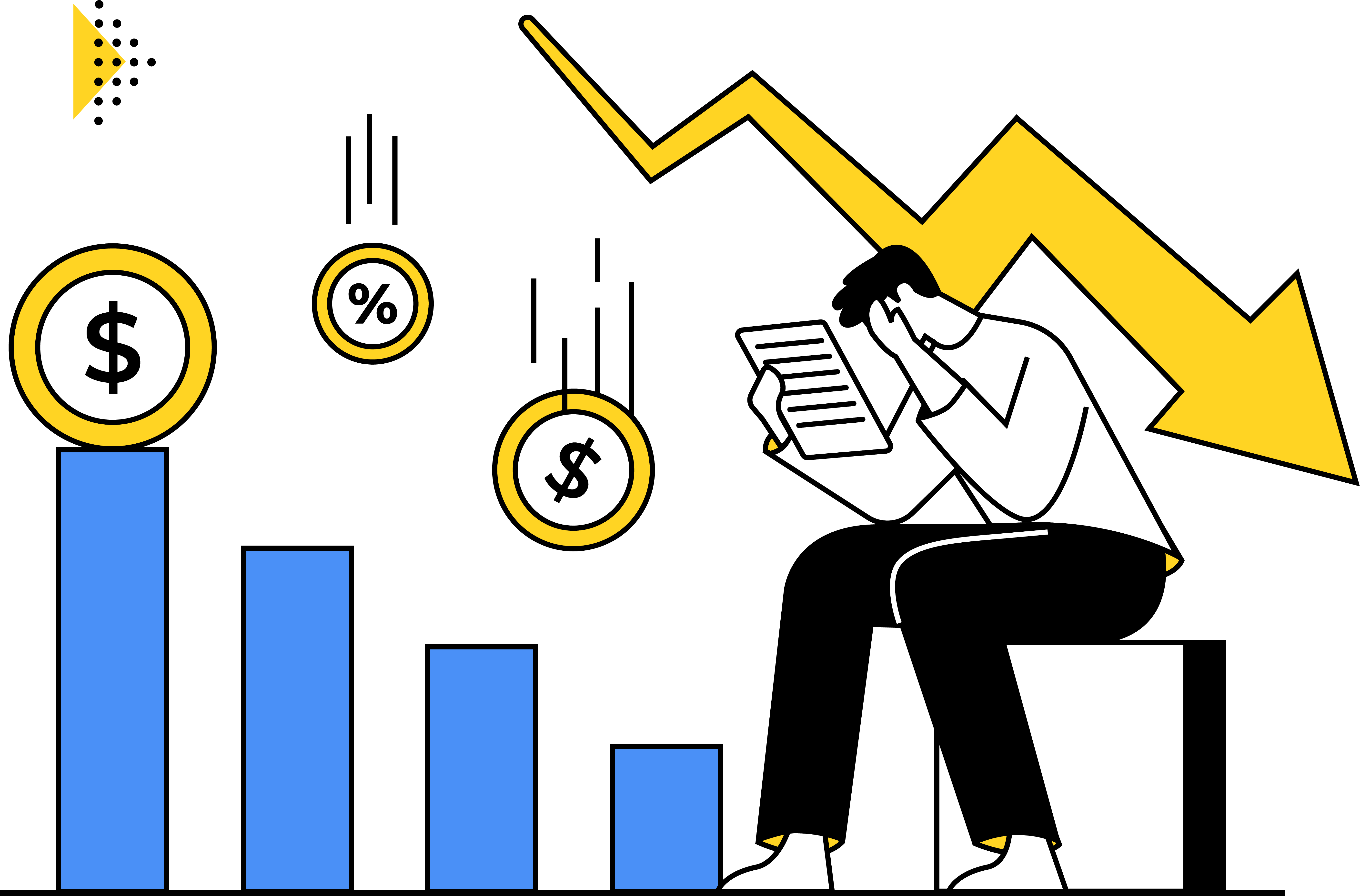Finally, a Worrisome Yield Curve Inversion?
Last week, we had two brief yield curve inversions that potentially matter. The 2-year treasury briefly yielded more than the 10-year treasury.
Usually, investors demand more yield for committing their capital for longer periods, so the curve slopes from lower left to higher right on the chart.
Why would anyone demand less return for lending for 10 years than for 2 years?
It’s been said that a 2-10 inversion has presaged in a recession 100% of the time (6 for 6, depending on who’s doing the analysis) –including before the COVID-inspired recession in 2020.
But it’s not so much that an inverted yield curve causes a recession. It’s typically a symptom of financial conditions that give rise to a recession. Often mentioned are tight credit conditions resulting from tighter than necessary Fed policy. Yet, despite this, an inversion can become a self-fulfilling prophecy if it undermines consumer and business confidence. In response, companies, and consumers “batten down the hatches” while they await the downturn.
Some would argue that this time is different.
Some claim that the economy is strong and that the inversion signal, even if meaningful, takes time to manifest itself – plenty of time to be invested before the cataclysm when equity markets usually do well. There is some support for this idea — the timing of the onset of recession has varied from six months to two years. Heck, we may not even be considering the right spread. Supposedly, the Fed is more focused on the 3-month to 2-year spread — more in line with the time frames that investors can assess and anticipate. This signal has failed only once (i.e., given a false positive). And, right now, this signal looks bullish – sitting at +195 bps relative to +71 bps on 12/31/21 and +21 bps on 6/30/21.
The length of time that the curve remains inverted also matters – we’re told that a few months of continuous inversion is necessary to confirm the recession signal. Finally, they argue, that real yields (nominal yields minus inflation) are what matter. Yet, real yields are deeply negative, and the real yield curve is not inverted.
Based on the historical information, we would agree that it takes more than a brief intra-day inversion to signal a recession. Further, it certainly is hard to argue that financial conditions are “tight” (although they have tightened merely through the Fed’s “jawboning”) or that absolute yields are high. So, at least for now, a major piece of the rationale for an inversion leading to a recession appears to be notably absent. However, the Fed does seem to be hell-bent on causing a slow-down – they hope, without inducing a recession. Success would mean that growth would slow to the same unimpressive pre-COVID levels of 0-2%. Failure will indeed produce a recession.
A Soft landing is hard to come by.
Investment Advisory Services are offered through Validus Growth Investors, LLC (“Validus”), an SEC Registered Investment Adviser. No offer is made to buy or sell any security or investment product. This is not a solicitation to invest in any security or any investment product of Validus. Validus does not provide tax or legal advice. Consult with your tax advisor or attorney regarding specific situations. Intended for educational purposes only and not intended as individualized advice or a guarantee that you will achieve a desired result. Opinions expressed are subject to change without notice. Investing involves risk, including the potential loss of principal. No investment can guarantee a profit or protect against loss in periods of declining value. All information is believed to be from reliable sources; however, we make no representation as to its completeness or accuracy. Opinions and projections are as of the date of their first inclusion herein and are subject to change without notice to the reader. As with any analysis of economic and market data, it is important to remember that past performance is no guarantee of future results.
VGI220407a


